|
Note: Images may appear blurry in some web browsers. We recommend opening links in Google Chrome.
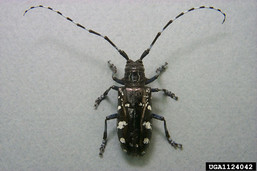 |
|
The USDA is encouraging everyone to spend 10 minutes checking their trees for the Asian longhorned beetle (ALB). August is an ideal time to spot this devastating pest as it emerges from trees. Read more... |
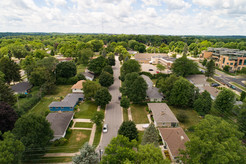 |
|
We want to give you a heads-up and urge you to fill out a survey that may be coming your way.
There is a study underway led by the Wisconsin Department of Natural Resources that is evaluating the economic contributions of the urban forestry sector in the Northeast-Midwest region of the U.S. This study is the first in the nation to focus specifically on the economic contributions of urban forestry across multiple states. Read more...
|
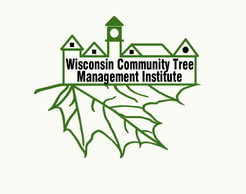 |
|
After much deliberation, WI DNR Urban Forestry has decided to postpone the Community Tree Management Institute (CTMI) for one year. The health and safety of others is paramount. Due to the pandemic, it’s just not feasible to come together in person for this training. Read more... |
Wisconsin Urban Wood (WUW) and the City of Marshfield have joined efforts in a “Use Agreement” that serves as the conduit between the city’s logs and WUW’s sawmill and woodworker partners in the area. Through the use agreement, WUW members are granted access to the city’s marshalling yard to recover and remove city logs. The use agreement reduces disposal costs and the wood finds its way back into the community in beautiful ways. Read more...
 |
|
The Village of Gays Mills is teaming up with the Wisconsin First Detector Network (WIFDN) and Extension to host a virtual workshop on invasive plants. Titled “Invasive Plants: Know Them, Control Them,” the workshop will take place on zoom on September 30th from 9 am-10:30 am.
The workshop will provide you with the basic information needed to recognize and manage invasive plants common – or coming – to western Wisconsin. Read more...
|
The Sustainable Forestry Initiative (SFI) is seeking input from the urban-forestry community to understand the value and challenges facing urban forests, and gauge interest in the development of an urban forestry standard. To assist with this, please complete this 13-questions survey which will take no more than 15 minutes of your time.
https://www.surveymonkey.com/r/SFISurveyUrbanForestry
Read more...
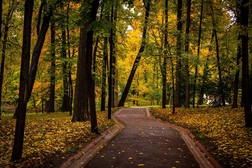 |
|
As the hilarious, award-winning Nature RX video series points out, spending time in nature is a potent “drug” for alleviating the day-to-day stress we all face. It is also a powerful way to combat anxiety, depression, and mental illnesses such as schizophrenia. The average American is sorely in need of the stress-relieving boost provided by trees. Read more... |
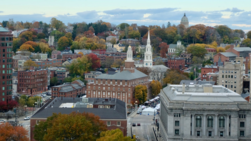 |
|
This year, as families all over the country spend more time at home, we have been given the opportunity to appreciate the fresh air that we can enjoy on our own back porches and front stoops more than ever. Trees are a significant factor contributing to the quality of the air we breathe. Recent research shows that even relatively small trees bring benefits to their neighborhoods. Read more... |
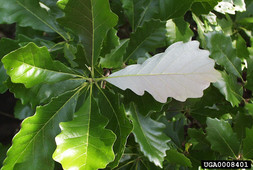 |
|
Scientific name: Quercus bicolor
Native to: northeastern quarter of the U.S. (including southern Wisconsin)
Mature Height*: 50-60+’
Spread*: 50-60’
Form: broad, wide-spreading
Growth Rate*: slow to moderate; 12”-18” per year
Read more...
|
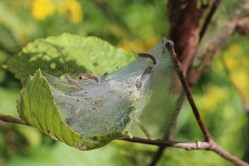 |
|
Fall webworm started showing up in early July. This native insect feeds on deciduous trees and shrubs and appears every year in yards and forests. It is often noticed first by the loose webbing over branch tips. It can even completely cover a small tree with webbing. Read more... |
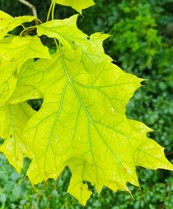 |
|
Chlorosis, which is marked by yellow leaves with green veins, is a common tree and shrub issue in Wisconsin. It is often a result of a nutrient deficiency of iron and manganese.
Typically, iron and manganese are present in the soil, but they can become unavailable to tree roots if the soil’s pH is too high. Read more...
|
Division of Forestry
Forest Health
|